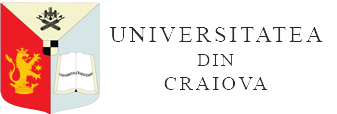LAVENDER (LAVANDULA ANGUSTIFOLIA MILL.) - MEDICINAL-ALTERNATIVE SPECIES IN THE STRUCTURE OF CROPS IN AGRICULTURAL FARMS, IN THE CONTEXT OF CLIMATE CHANGE
DOI:
https://doi.org/10.52846/aamc.v52i1.1318Abstract
From the medicinal species Lavender, the inflorescences (Flores SpicaeLavandulae), with a pleasant, characteristic smell, with notes of freshness, are used for therapeutic purposes. The active principle of lavender flowers is the volatile oil, the content of which differs depending on the species, variety, variety, time of harvest or the form of conditioning. Fresh flowers contain up to 0.8% volatile oil, and dried ones up to 1.5%. Lavender flowers have a high content of linalool (a terpene alcohol, which helps to synthesize vitamin E and a non-toxic insecticide), they also contain tannin, bitter principles, resins, pectins and other alcohols (nerol, lavandulol). The volatile oil whose main component is free linalool (40-60%) or in the form of linalyl acetate (40-50%) has medicinal uses.In the volatile oils of Lavandulaangustifolia L., 22 compounds were identified, of which 14 major compounds (in concentration above 0.2%) represented 99.53% of the total.


